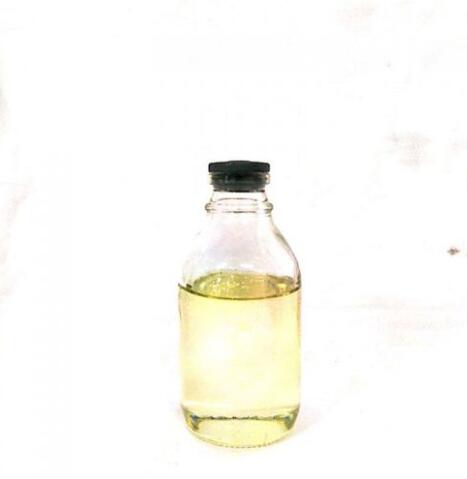What are non-ionic surfactants and how do they work? When you start making your own homemade stuff, you'll find that many of the different ingredients you use may be completely unknown to you. While you know the importance of adding them, sometimes it can be hard to fully understand why.
A nonionic surfactant is a surfactant that does not produce ions in an aqueous solution. It is different from anionic surfactants and cationic surfactants. A nonionic surfactant is a surfactant that does not produce ions in aqueous solution. Its solubility in water is due to its strong affinity for water.

Compared with anionic types, nonionic surfactants have higher emulsification ability and some hard water resistance. They are indispensable components in detergent and emulsifier formulations. Of course, compared with anionic surfactants, nonionic surfactants also have disadvantages such as cloud point limitation, alkali resistance and higher price.
Nonionic surfactants are mostly in liquid and slurry form. Their solubility in water decreases with increasing temperature. Nonionic surfactants have various properties such as good detergency, dispersion, emulsification, wetting, solubilization, leveling, anticorrosion and protection of colloids. It is widely used in textile, paper, food, plastic, leather, fur, glass, petroleum, chemical fiber, medicine, pesticide, coating, dyestuff, fertilizer, film, photography, metal processing, mineral processing, building materials, environmental protection, cosmetics, fire fighting and agriculture.
How do nonionic surfactants work?
When sufficient amounts of surfactant molecules are present in a solution, they bind together to form structures called micelles. When micelles form, the surfactant heads position themselves so they are exposed to water, while the tails gather in the center of the structure, protected from water.
The micelles act as a unit to remove dirt. The hydrophobic tails are attracted to the soils and surround them, while the hydrophilic heads pull the surrounding soils out of the surface and into the cleaning solution. The micelles then reorganize and the tails suspend the soil in the center of the structure.
I was very fortunate to write this article as a manufacturer of nonionic surfactants, and I hope it will give you some help in your knowledge of nonionic surfactants.
Copyright:@2020-2021
Comments Please sign in or sign up to post.
0
0 of 500 characters used